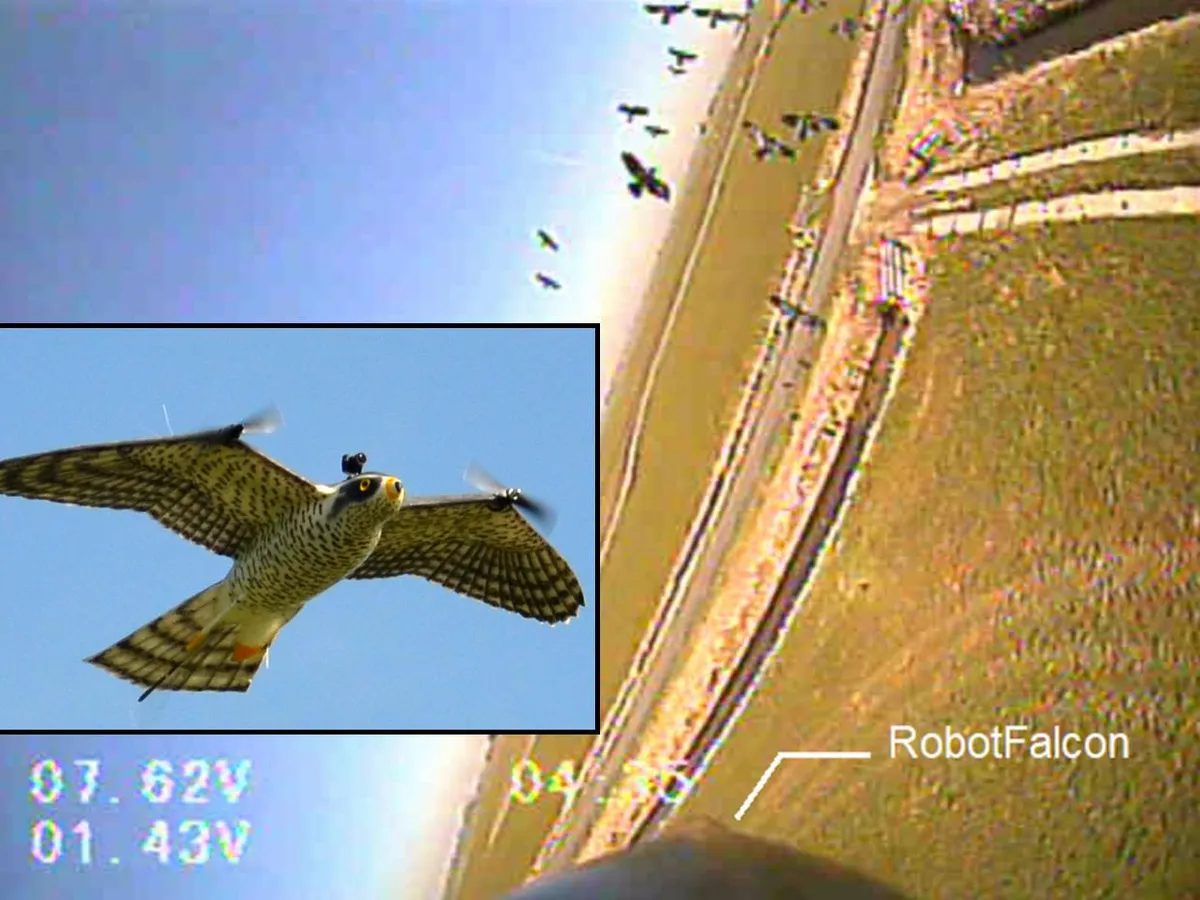The government of New South Wales has launched the 2018 infrastructure strategy for the basic spatial data framework. As part of this strategy, the government, represented by Cisco, Spatial Services, Transport for NSW, NSW Data, and the Department of Primary Industries, has collaborated with Lendlease, Telco Authority, and Hilltops Council to launch a project for digital charts known as Spatial Digital Twin (SDT) aimed at visualizing 3D and 4D schemes for Western Sydney's buildings. This project was released in early 2020, with AUD 52.4 million in funding.
The project involves an interactive virtual environment of 8,500 square kilometers that includes more than half a million buildings, 20,000 km of roads, 22 million trees, and 7,000 strata plans. SDT is used to improve urban planning and smart construction of infrastructure facilities, roads, and buildings based on data. Moreover, it allows community members to check new infrastructure and construction projects while they are still in the early planning stages.
On another note, emergency response teams benefit from this virtual map since it enables them to reach remote locations and buildings. SDT can be employed to perform governmental tasks, such as regional development, tourism affairs, implementation of IT asset management programs, infrastructure facility, and building lifecycle management, in addition to urban planning, real estate redevelopment, emergency response service development, remote asset inspection, and agricultural monitoring and planning.

The project works directly with private and public entities, as well as relevant sectors to collect important data on transportation, infrastructure, properties, schemes, and the environment. The digital twin's working principle is based on 3D aerial images and LiDAR technology (range detection by light or laser), information on real estate records, in addition to data from Transport for NSW, the Department of Primary Industries, and NSW Data. Alongside paper charts for infrastructure and buildings, the map collects data from multiple sensors in real time, measures the air quality, and determines the locations of buses and trains, as well as the condition of the sewage infrastructure.
Users can interact with virtual replicas of the digital twin. For example, they can add or remove layers to see past, present, and future infrastructure in Western Sydney using the NSW Spatial Digital Twin. The NSW Spatial Services Department, which is leading the project, maintains an archive of 60 million historical aerial images that are being converted into 3D maps to be added to the digital twin. The archive also includes aerial imagery of Sydney and other sites from the 1940s to this day.
While the project is meant to be beneficial for government officials and those responsible for urban planning, it is also supposed to target the public. Individuals and private companies will have equal access to abundant data and will rely on the same information when interacting with the built and natural environments. Real estate developers or engineering companies will also benefit from this tool to discover all the details of the infrastructure surrounding them before starting work or get a clearer picture of the potential impacts that the infrastructure may cause in the future. Currently, Lendlease is cooperating with the project's developers to share data about their buildings.
Users can visualize a variety of data sets, such as the state's digital land records, administrative boundaries, elevation and depth data, as well as property sales and prices. They can also access Building Information Modeling (BIM) data and real-time data about trains, buses, and air quality.

The project inspired many public and private entities to collaborate with New South Wales in developing virtual data mapping services and presenting data in 3D and 4D. Initially, the project covered eight towns but there are plans to include all NSW municipalities. The project's developers hope to add more data sources in the digital twin, including data collected by municipal councils which operate IoT sensors. In collaboration with the University of Melbourne, the Victorian Department for Environment, Land, Water, and Planning is planning on building a digital twin covering 485 hectares of protected land near Melbourne. Several private companies have also worked on the project to provide their own data that will be integrated into maps or have used the digital twin to propose the construction of new buildings and infrastructure facilities. According to a report conducted by Cisco, data-driven urban management is expected to range from USD 5 to 10 billion in the Asia-Pacific region by 2028.






